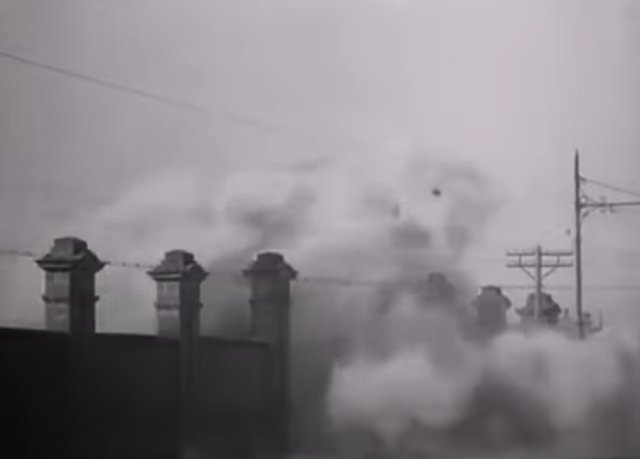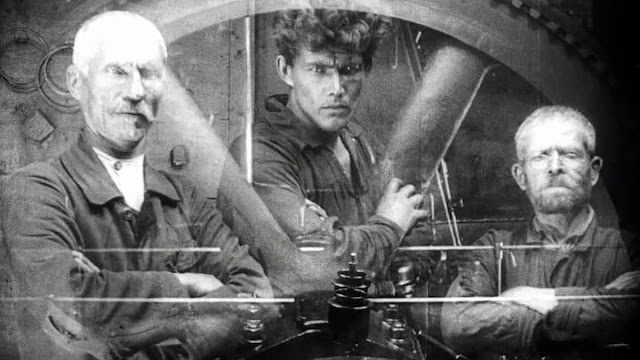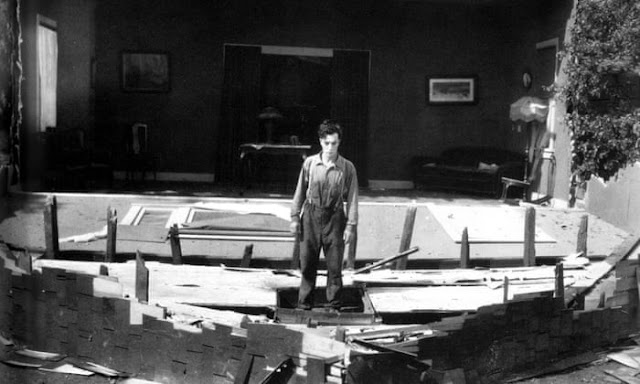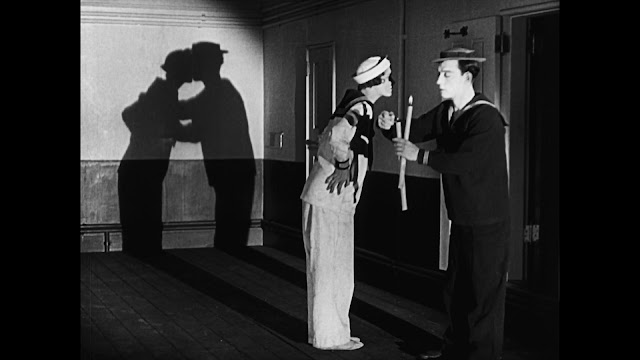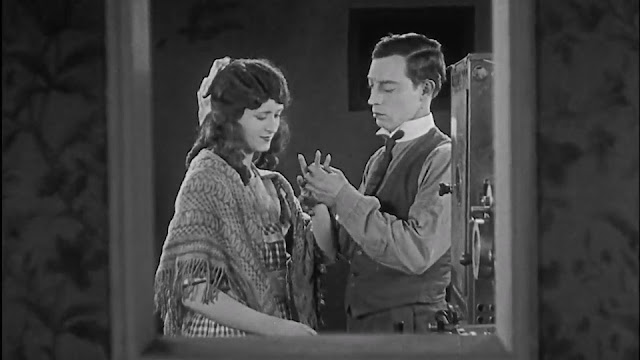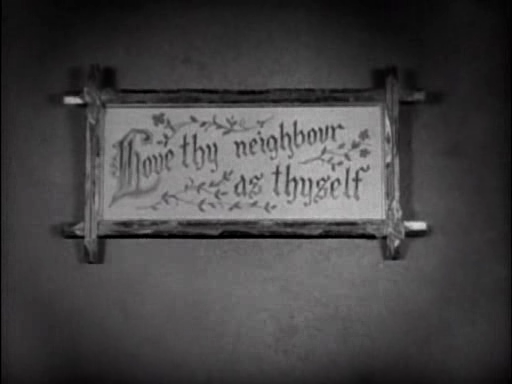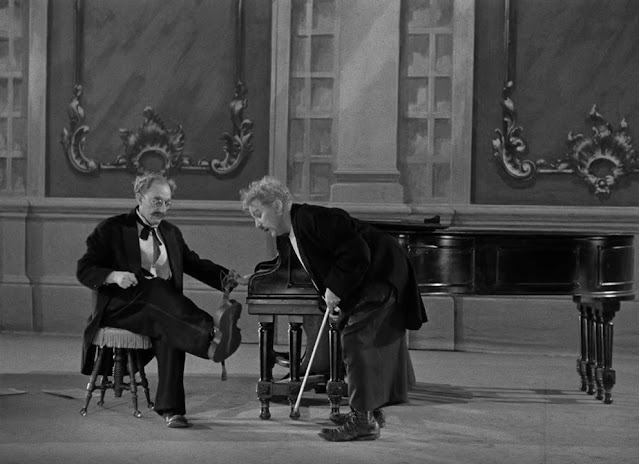Alexander Nevsky (1938)

Sergei Eisenstein's "Alexander Nevsky" In 1938, the Soviet Union had a very strained relationship with Germany. Germany was ramping up its war preparation efforts and the Soviets had to be ready. Sergei Eisenstein, almost 10 years after making his last picture, was given a choice of several historical subjects to film by Soviet film tsar Boris Shumyatsky. Eisenstein chose the mostly unknown 13th century story of the Russian victory over German knights of the Teutonic order, led by warrior prince Alexander Nevsky. This historical event would serve as the first sound film that Eisenstein ever made. It's subject would also prove important. The victory over German invaders would become an important story to tell at a time when war was impending and the Russian country would need to come together to stand against those who would inevitably invade. The film opens with a reminder that Russia has been at war plenty of times. The most recent of these wars in the film was the


